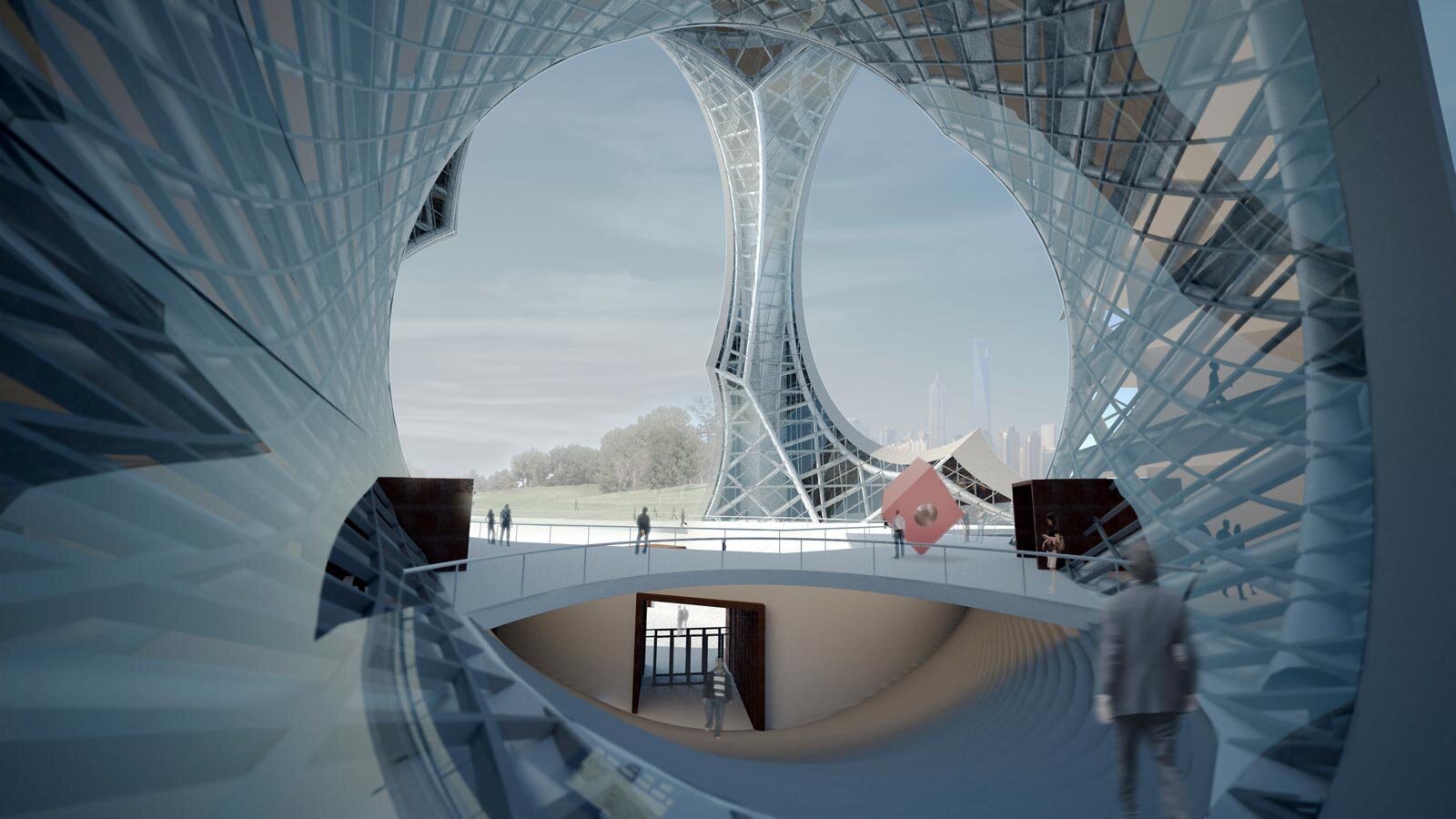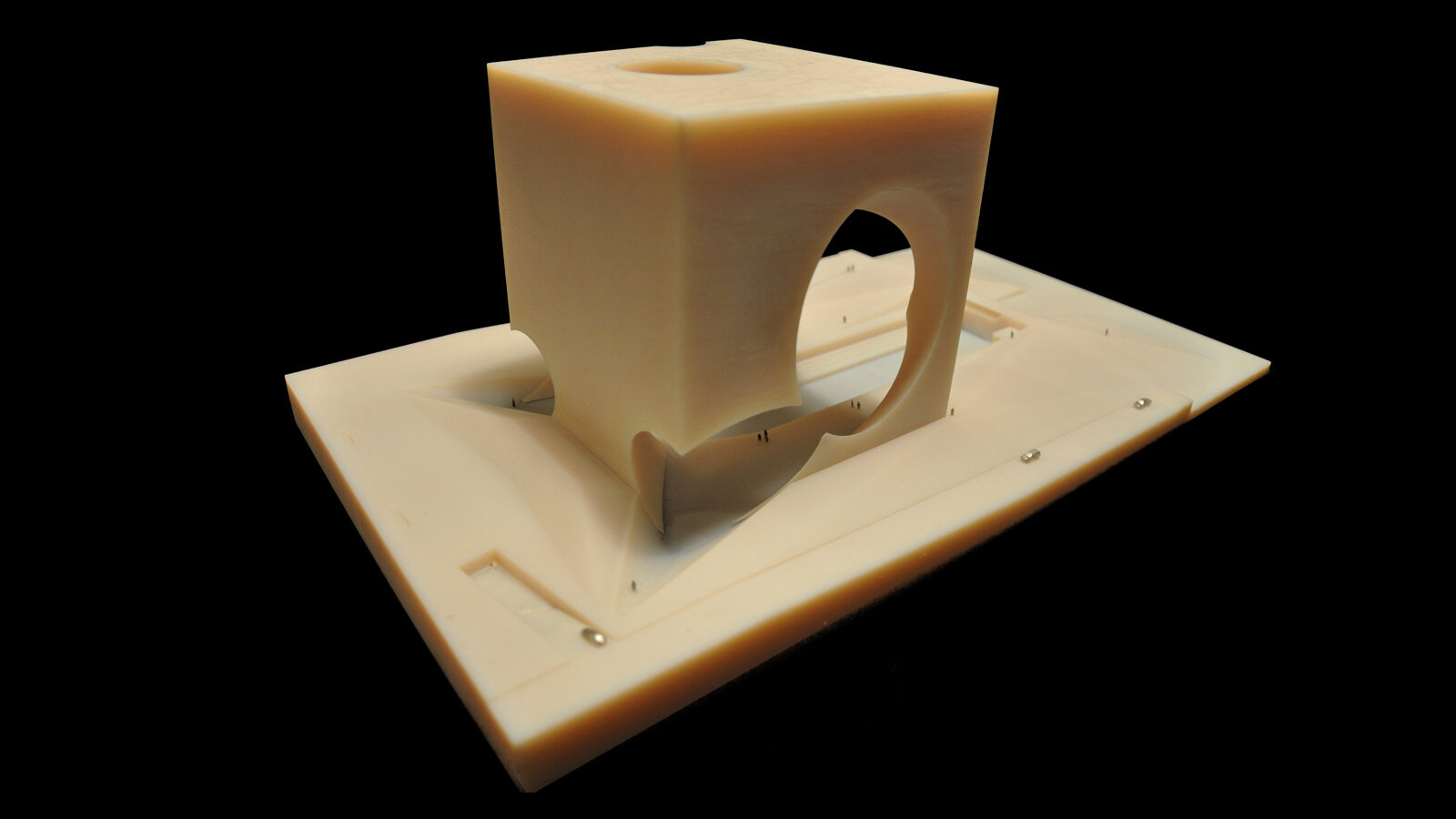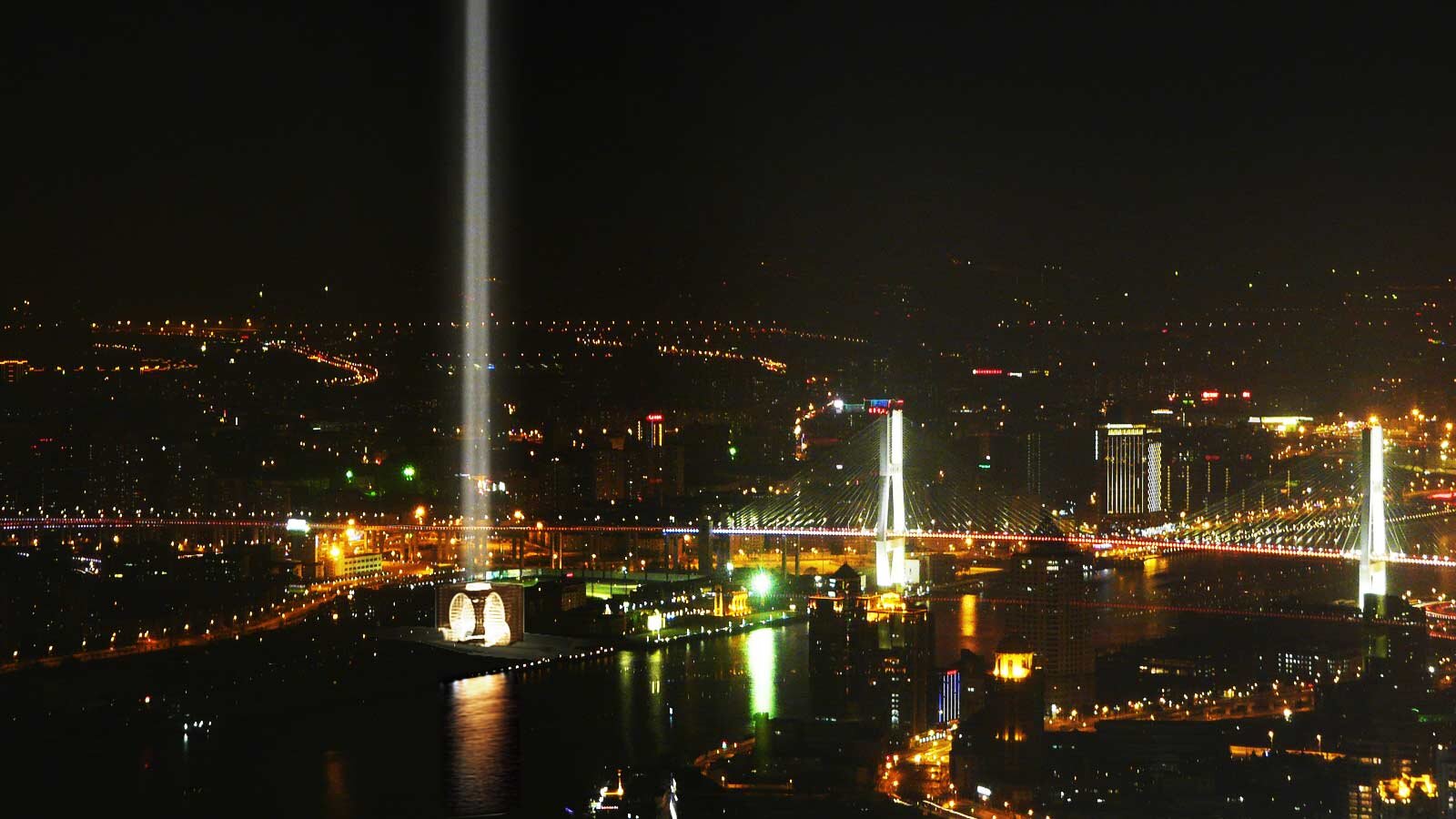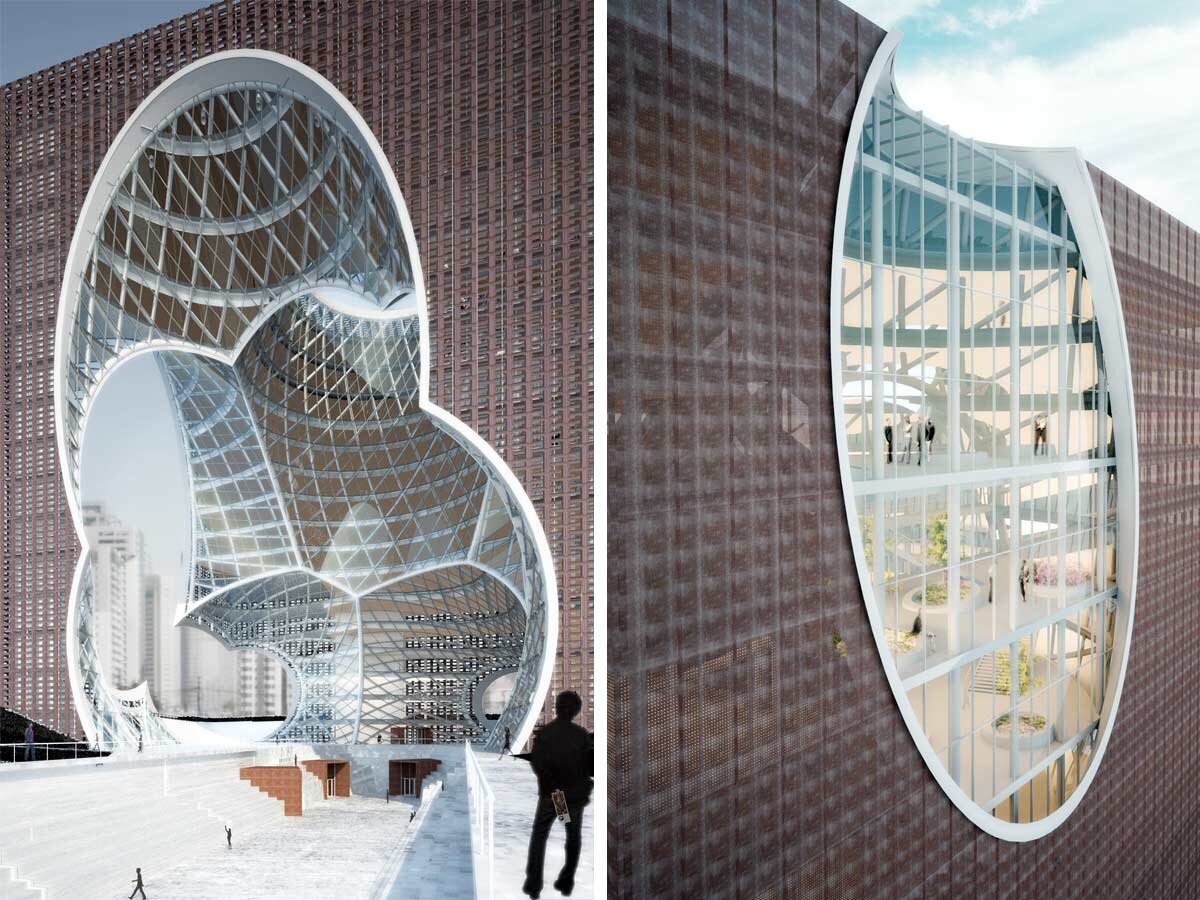Shanghai has become the new center of the global shipping industry. Its new deep water port at Yangshan has surpassed Rotterdam and Singapore to become the busiest port in the world Yangshan capitalizes on container shipping’s increasing share of global trade, and China Shipping Group is at the nexus of this transformation, commanding over 120 vessels in 56? ports spanning the entire globe. At the center of this activity is Shanghai, who’s importance as a leader in global trade, and culture, within East Asia has always been tied to its successful port. Shanghai was once the world’s gateway to China, and now more than ever, Shanghai is China’s gateway to the world. From the Huangpo, to the Yangtze, to the seven seas, water is the element that creates this gateway and it is the shipping industry that has always tied Shanghai to the water and thus to the world. And now, with the relocation of the ports to outer Yangshan, more than ever Shanghai needs a landmark in the city marking its maritime heritage. The China Shipping Group headquarters will be this new landmark
The site chosen for China Shipping’s headquarters offers some clues. Sited at a bend in the river, the building becomes an optical device, capturing visual connections to the Historic Bund, the Pudong skyline and the Expo site. Its location in this transitional zone north of the Nanpu bridge makes this a site that links the more developed northern and southern areas of the waterfront. And its adjacency to a planned promenade along the Huangpo river provides an opportunity for the building to bring the Shanghai’s people to their waterfront. But this site also poses some challenges. Zoning restrictions will not allow a tall tower on the site, and current plans for the neighborhood envision it as one of many towers of the same size. No matter how it is articulated or skinned, the resulting mass is never quite elegant: a tower that is neither tall nor slender, and a tree that is lost among the forest. All of these challenges open the door to a new possibility: to make a landmark by making the building a cube. The cube is a perfect form, which achieves monumentality through repose and sheer presence in space; like a mountain in the city, monolithic, strong, and timeless
By eroding the cube we can allow the drydock and the waterfront to connect into the atrium space connecting this new internal space to the waters of whole outside. This process of erosion can continue to open other portals to the city, capturing views, creating access points, orienting to the sun, and carving the land to extend the interior space to the outside, blurring the boundary between the world of work and public life. Exposing the atrium to its surrounding context, creates smooth public space making China Shipping Headquarters the gateway for Shanghai’s people to waterfront and creates an inviting place for both workers and the public. A series of 7 portals are opened up from the central sphere, extending out toward strategic points in the city and beyond. The first portal creates an opening for the dry dry dock and carves a depression in the landscape, creating a sweeping plaza that connects the atrium to the water.
/ Video
But what if this strategy did not stop at the property line? China Shipping’s headquarters could become a model for a new urban edge along the Huangpo, forming the basis of a new master plan for the Pudong south Bund.This new model would both suggest a new sustainable relationship with the river and enrich the public’s experience of the waterfront. By extending a series of sloped valleys along the south waterfront and landscaping them with riparian species and permeable surfaces, a kind of alluvial sponge can be formed which will both absorb floods and tidal surges, and filter polluted runoff from the city And if this architectural strategy is extended along the waterfront, creating a series of buildings that are eroded with public spaces, then as a whole this could create a permeable urban edge.
/ Project Team
Jonathan A. Scelsa, Chistopher Roach, Victor Munoz - Sanz
/ Project Info
/ Project Type - Office Headquarters
/ Client - Shanghai Shipping Company
/ Square Footage - 24,500 Square Meters
/ Project Status - Short Listed Competition











